|
Rotten Library > Death > Cremation
CremationUrn, Baby, UrnCremating a dead body is one way to tell your dearly departed you love him or her, assuming he or she can hear you, which unfortunately you will never know until you are yourself dead. And maybe not even then, but that's an existential dilemma for another day.
In cremation, a body is placed within a sealed chamber then heated to between 1,400 and 1,800 degrees Fahrenheit for around three hours, give or take an hour or two, depending on how fat and/or flammable the corpse happens to be. Once the cremation is complete, someone comes in with a broom and sweeps up the pile of "ashes" for storage. (That may not sound dignified, but it's a walk in the park compared to embalming.) Someone from the crematorium will considerately go through the ashes to remove any gold fillings or other "non-combustible" materials, which the crematorium treats as a non-refundable tip (along with any jewelry you were foolish enough to leave on the body. After all this heating and sweeping, it's time to move on to the fun part: deciding what to do with the remains (or cremains, if you want to sound hip. Although these fragments are not actually ashes in any meaningful sense of the word, people still call them ashes and this article will not fly in the face of conventional usage.)
Some people may regard it as such, but most families feel that the cremated remains of someone they love should be afforded a resting place that can be identified by the name and dates. This is memorialization. Most families find that a memorial, regardless of its size, serves a basic human need to remember and to be remembered. Why bother creatively disposing of the remains in a manner that would make the departed happy? Not when there are so many fee-for-service options available at your local crematorium or funeral home!!
"Some crematories provide scattering gardens within their dedicated property, often with the option of personal memorials," CANA explains. "The use of dedicated property assures the site chosen will not be developed for other use at some future time." Technically, this is not true, since the crematorium could sell the property to someone else, say McDonald's, which would then develop it. However, on the plus side, there are very few development uses as profitable and low-maintenance as a "scattering garden."
For the unimaginative, how about a bronze bust of the departed with a secret chamber in the middle for the ashes? There's a fine conversation piece! Breaks the ice at parties! Other options include models of various sorts. One company offers a faux Stanley Cup urn, which rotten.com can virtually guarantee has never been used by an actual winner of the Stanley Cup. You can buy ceramic and bronze urns in the shape of elephants, dolphins, eagles, frogs, Buddhas, red high-heeled shoes, lambs -- even a ceramic replica of a pet.
If the sea isn't your thing, you could try outer space instead, but this service is currently only offered for people who are B-list celebrities, or at least those well-heeled enough to spend five figures or more on that final goodbye. Both Tim Leary and Gene Roddenberry have had their cremated remains blasted off into space. The cheaper among you might want to settle for some sort of shoebox fireworks display in lieu of re-entry incineration.
And don't forget wearable remains! Nine pounds of ashes is a shockingly large amount. You don't have to settle for just the dolphins. You can also wear your dearly departed in a pendant around your neck, in both plain and religious varieties, including in the shape of a cross, an angel, a rose, a maple leaf, a teddy bear, a butterfly, an American flag or even -- and this is both clever and tasteful -- a tiny little urn. The cutting edge of crematory jewelry is an innovation designed by a British company called LifeGem. Like Superman crushing a piece of coal, LifeGem will compress your loved one's remains under high pressure and heat until it fuses into a shiny new synthetic diamond. According to the company: Not to mention the unique resale value of your LifeGem on eBay. Don't leave your dearly departed lying around the house unattended, however, as he or she may present a choking hazard for children under four. The diamonds come in various shades. "The elements and impurities in your loved one's carbon directly affect the resulting color of your LifeGem(s)," the company explains. So after a lifetime of grim-facedly enduring your departed's impurities, you can continue to savor them after death. If that's not love, I don't know what is. |
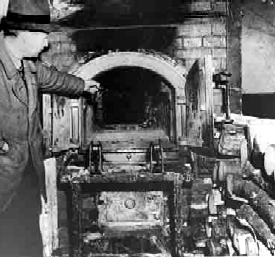
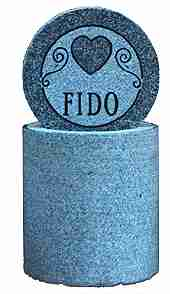 When you keep a loved one around in cremated form, you can continue to creatively degrade and humiliate them in death, much as you did in life. But first, you gotta incinerate them. People have been burning dead bodies for as long as anyone can reasonably remember, but it took a while for civilization to figure out how to burn a body with enough heat to cremate it.
When you keep a loved one around in cremated form, you can continue to creatively degrade and humiliate them in death, much as you did in life. But first, you gotta incinerate them. People have been burning dead bodies for as long as anyone can reasonably remember, but it took a while for civilization to figure out how to burn a body with enough heat to cremate it. 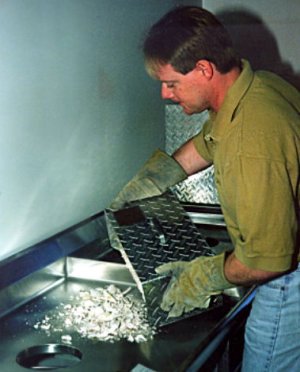 Burning a body isn't the same as cremating it. A simple bonfire won't do for cremation. When you burn a body to dispose of it, that's a pyre. When you use fire and heat to reduce a body to a small pile of bone fragments, that's cremation. Because of the extreme efficiency of this disposal technique, it's favored for use in
Burning a body isn't the same as cremating it. A simple bonfire won't do for cremation. When you burn a body to dispose of it, that's a pyre. When you use fire and heat to reduce a body to a small pile of bone fragments, that's cremation. Because of the extreme efficiency of this disposal technique, it's favored for use in  Many people envision their ashes being scattered at a favorite location, or at sea. The Cremation Association of North American (CANA) has spent a great deal of time and marketing dollars to explain why that's a bad idea.
Many people envision their ashes being scattered at a favorite location, or at sea. The Cremation Association of North American (CANA) has spent a great deal of time and marketing dollars to explain why that's a bad idea. 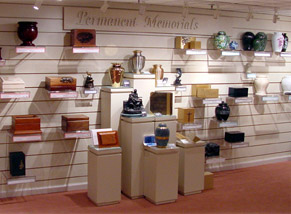 CANA recommends buying grave sites at local cemeteries, or even on the grounds of a funeral home itself, or scattering the ashes at the crematorium itself for just a small additional fee!
CANA recommends buying grave sites at local cemeteries, or even on the grounds of a funeral home itself, or scattering the ashes at the crematorium itself for just a small additional fee! 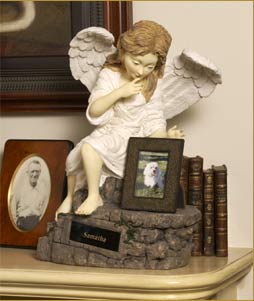 If you manage to escape purchasing a plot for the remains (and after all, affordability is one of the supposed benefits of cremation), the next most popular way to spend money is purchasing an urn. An urn can be as simple as a plain metal casing, but then you can only mark those up about 300%, which is hardly in keeping with the grand spirit of American capitalism. For additional fees, you can buy gold and inlaid silver containers of virtually every imaginable shape and size to hold your three to nine pounds of bone fragment.
If you manage to escape purchasing a plot for the remains (and after all, affordability is one of the supposed benefits of cremation), the next most popular way to spend money is purchasing an urn. An urn can be as simple as a plain metal casing, but then you can only mark those up about 300%, which is hardly in keeping with the grand spirit of American capitalism. For additional fees, you can buy gold and inlaid silver containers of virtually every imaginable shape and size to hold your three to nine pounds of bone fragment. 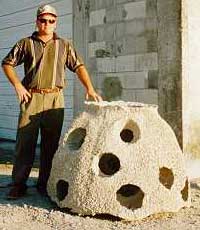 If all this sounds irritatingly tasteful, you can dispense with the urn altogether and design your own repository, one that will make your friends cringe and make your in-laws crazy.
If all this sounds irritatingly tasteful, you can dispense with the urn altogether and design your own repository, one that will make your friends cringe and make your in-laws crazy. 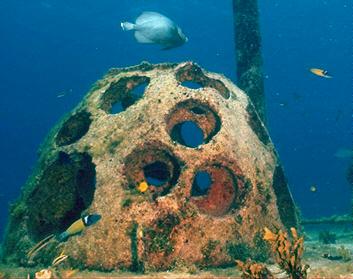 For the environmentally conscious, one company inters ashes in a faux coral reef, which they proudly describe as a "designed reef module of caste concrete that can include the cremated remains of a loved one. These Memorial Reefs are used to create new marine habitats for fish and other forms of sea life."
For the environmentally conscious, one company inters ashes in a faux coral reef, which they proudly describe as a "designed reef module of caste concrete that can include the cremated remains of a loved one. These Memorial Reefs are used to create new marine habitats for fish and other forms of sea life."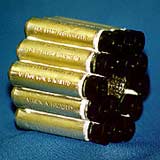
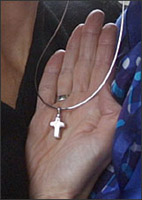 The hippest trend in recent years is to make your loved one into some sort of object d'art. You can buy lucite paperweights with the ashes of a loved one trapped inside, or make a frilly picture frame trimmed with bone fragments and pink paints.
The hippest trend in recent years is to make your loved one into some sort of object d'art. You can buy lucite paperweights with the ashes of a loved one trapped inside, or make a frilly picture frame trimmed with bone fragments and pink paints.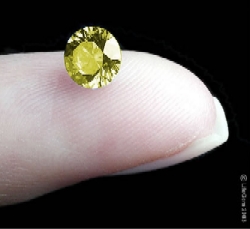 A LifeGem is a certified, high quality diamond created from the carbon of your loved one as a memorial to their unique and wonderful life.
A LifeGem is a certified, high quality diamond created from the carbon of your loved one as a memorial to their unique and wonderful life.